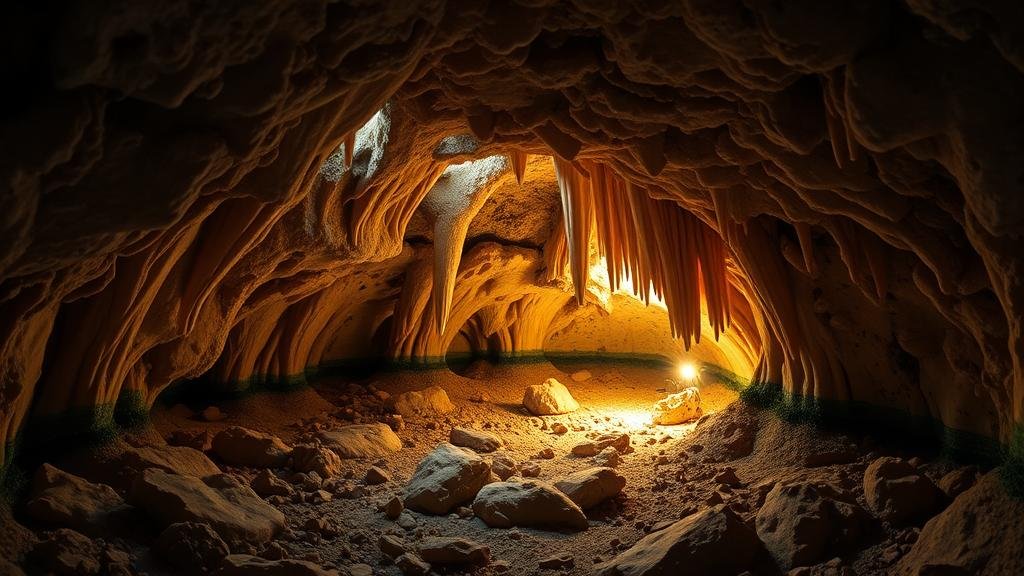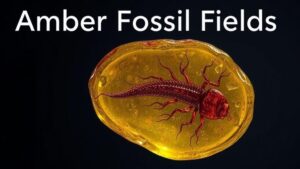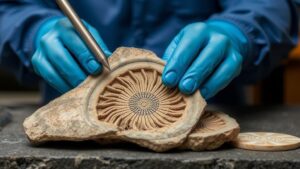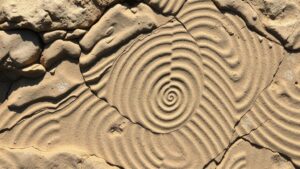Subterranean Geode Forests: Uncovering Natural Crystal Vaults
Subterranean Geode Forests: Uncovering Natural Crystal Vaults for Rockhounds and Mineral Collectors
Subterranean geode forests, often hailed as natures hidden treasures, offer a remarkable glimpse into the intricate geological processes that shape our planet. For rockhounds and mineral collectors, these natural crystal vaults present unique opportunities not only for collection but also for understanding the Earths history. This article will delve into the formation of geode forests, their characteristics, and practical information that will help enthusiasts navigate their exploration and collection.
The Formation of Geode Forests
Geodes are hollow rock formations typically lined with crystals. form through various geological processes over thousands to millions of years. The creation of geode forests involves:
- Silica-Rich Solutions: Many geodes start as volcanic or sedimentary rocks that have been exposed to silica-rich water. As the water evaporates, minerals crystallize inside hollow cavities.
- Slow Growth: Crystals within geodes grow at a slow, consistent rate. This slow crystallization process contributes to the intricate layering often observed within geodes.
- Environmental Factors: Temperature variations and chemical changes in the mineral-rich water influence the types of crystals formed, creating diverse geode types.
Common minerals found in geodes include quartz, calcite, and agate. Their captivating beauty and unique structures have garnered significant interest from collectors worldwide.
Features of Subterranean Geode Forests
Subterranean geode forests stand out for their stunning natural formations and diverse mineral content. Key features include:
- Varied Crystal Types: The types of crystals can vary significantly depending on the geological region, leading to the discovery of quartz, amethyst, or even rare minerals like celestine.
- Size Variation: Geodes can range in size from a few inches to those exceeding several feet in diameter. Some of the largest discovered geodes can weigh over 50 tons!
- Unique Patterns: Each geode is unique, with patterns formed by different minerals and the conditions under which they crystallized. Collectors often seek rare patterns and colors.
For example, the Pulpà Geode in Spain, one of the largest geodes found, features selenite crystals that can reach up to 2.5 meters in length, showcasing the grandeur that these natural formations can achieve.
Geological Locations for Exploration
While geodes can be found on every continent, certain locations are particularly famous for their substantial geode deposits:
- Mexico: The State of Chihuahua is home to the Cave of the Crystals, known for its enormous selenite crystals.
- USA: The state of California has abundant geode fields, particularly in areas like the Mojave Desert.
- Argentina: The Cave of the Crystals in the Naica Mine contains some of the largest crystals known to humanity.
Exploring these locations can yield rewarding finds, but it is essential to adhere to local regulations regarding collection.
Practical Tips for Rockhounds and Collectors
For enthusiasts looking to explore and possibly collect geodes, consider these practical tips:
- Research Locations: Ensure that you understand where its legal to collect geodes. Some areas may require permits or have restrictions.
- Gear Up: Equip yourself with the right tools – a sturdy hammer, protective eyewear, gloves, and a sturdy bag for your finds.
- Check for Crackling Sounds: When looking for geodes, listen for the crackling sound that indicates hollow interiors. This can be an excellent indicator of a potential find!
Also, take care not to disturb delicate geological formations or areas of scientific interest. Respect for nature ensures that these beautiful wonders can be appreciated by future generations.
Conclusion
Subterranean geode forests represent a captivating intersection of geology, natural beauty, and collecting passion. For rockhounds and mineral collectors, these environments offer not just treasures, but also insight into Earth’s evolutionary processes. By understanding the characteristics of geodes, their formations, and where to find them, enthusiasts can enhance their collections responsibly and enjoyably. Whether youre just starting or are an experienced collector, the allure of geodes is undeniable, making them a sought-after prize in the mineral collection community.



